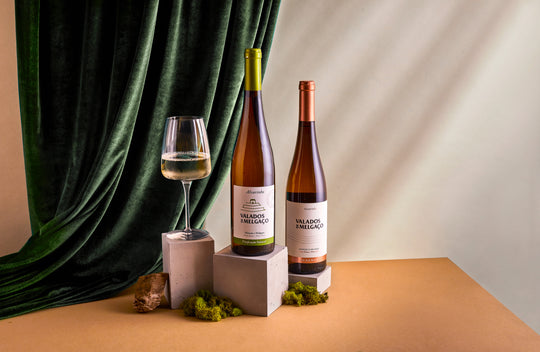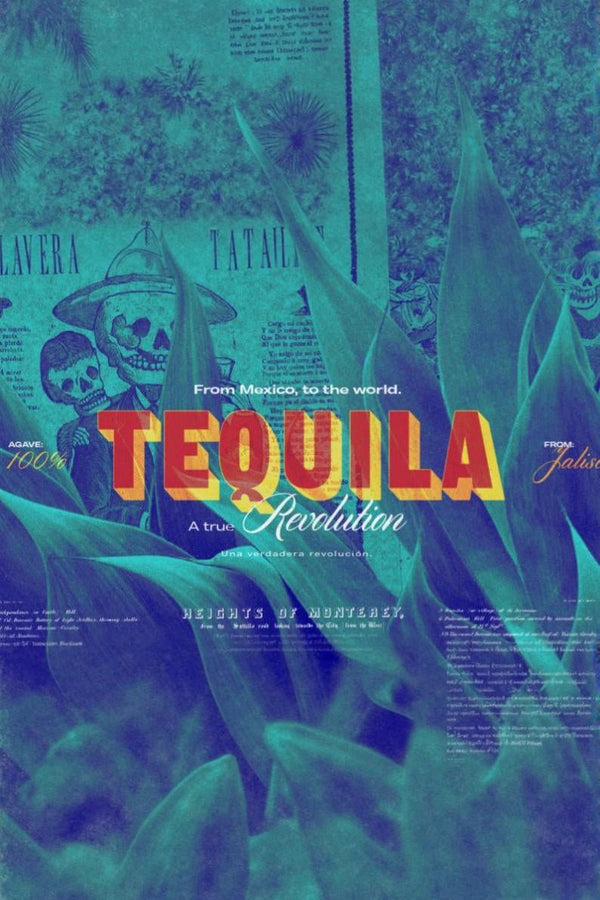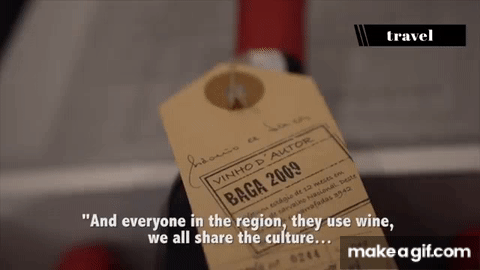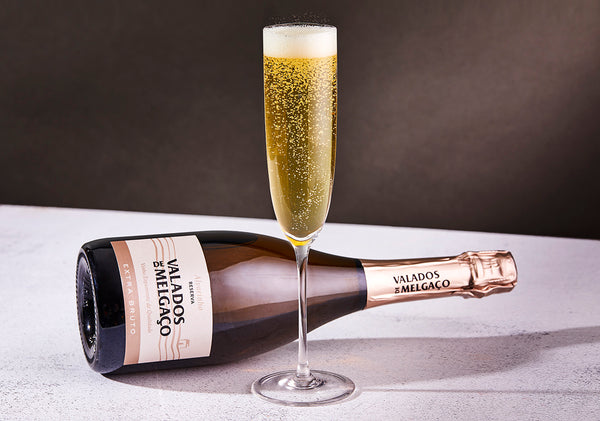The #Nofilter Wine

You wouldn’t drink unfiltered water, but would you drink unfiltered wine?
And no, I don’t mean that you’ve gone out and bought a filter system for your dreadful tap water. I mean that one of the perks of modern civilization is having water systems that do their darndest to filter out all the crap before the water comes out of the tap.
Here is where water and wine part ways in the similarities department. Yes, we all know about water safety and how privileged we are to drink water that hasn’t been brought up from a well.
In the wine world, however, including a filtering step in the process is blasphemous for some. As you know, each winemaker offers a different method from grape to the table. Some of these methods are more sustainable than others.
So, just so we’re on the same page: you want to be drinking filtered water, but not filtered wine. Let’s have a little lesson on why.
If a winemaker feels the need to filter their wine, it’s to remove any tiny particles that may create a hazy appearance in the bottle. Removing these particles also gives the wine a chance to be consistent with each sip.
However, some of the more advanced winemakers have stumbled across what happens if you don’t filter your wine – and the results are surprisingly pleasant. They believe that filtering their wine takes away from the flavors and aromas. While the wine itself may not be as clear, unfiltered wines are now known for being as good, and sometimes better, than filtered wine.
Now, if you’re not a texture person, you may not be partial to floaties in your wine. However, if you can get past the visuals of this, you may find yourself partaking in wine that’s been deliberately left to do its thing, for the greater good.
Unfiltered wine and sustainable practices go hand in hand. It’s one less step to contribute to the overall carbon footprint of the winemaking process. It’s also a more natural way to enjoy your wine.
Gibbston Valley Wine doesn’t muck around – they understand the importance of sustainable practices, especially in the age we’re living in. Their handcrafted wines are all unfiltered, which has inevitably rewarded them with international attention and acclaim.
Whether you’re an unfiltered wine connoisseur or just beginning your culturally unrefined journey (see what I did there), I’m confident that you’re going to enjoy a tipple or two from Gibbston Valley.
Gibbston Valley Wine
2016 Gibbston Valley Pinot Noir: when it comes to a fine Pinot Noir, you pay for what you get. The 2016 vintage of this Gibbston Valley wine is the backbone of the winery. It has a delicate yet full red color, with a soft bouquet of floral aromas that are followed by some exotic fruit and spice flavors.
Single Vineyard 2017 School House Pinot Gris: obviously the first thing that stands out to me in regards to this wine is that it’s organic. The wine is made from grapes grown on a small sheltered organic group of vines. It has a complexity that’s delicate with flavors that remind you of honeysuckle grown in a summer field – no joke.
Red Shed Pinot Blanc 2016: when you ferment wine and leave it to age, you want the barrel to be bone dry. None of this mixing, damp business. Perhaps that’s why the Red Shed Pinot Blanc is such a great wine. The barrel was as dry as a bone.
You’ll find yourself sniffling some talc, orange, melon, and zest on the noise – it’s very zesty. It’s refreshing and crisp – the perfect wine to drink on one of those summer scorchers.
Filtered, unfiltered, refined, unrefined – they may not mean much to the layman. However, they can be the difference between a glass of wine that you spit and one that you swallow.













